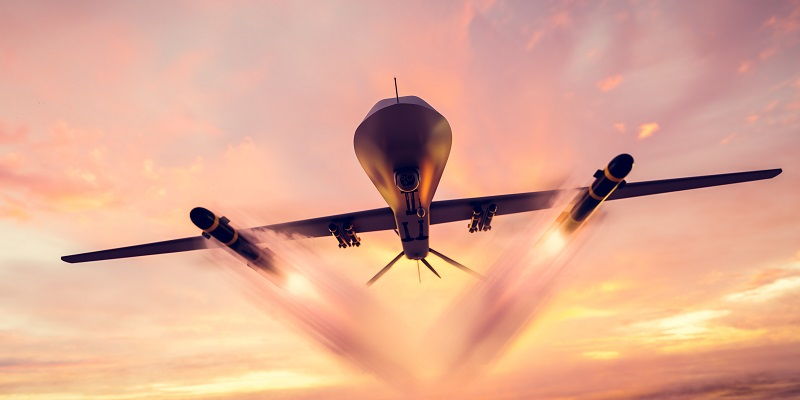The development of autonomous drone aircraft has seen rapid growth in recent years, with experts predicting a significant rise in their numbers operating in uncontrolled airspace. As commercial unmanned aircraft systems (UAS) become increasingly prevalent, it is crucial to ensure the safety of these aircraft carrying out tasks such as package delivery, traffic monitoring, and emergency aid. In response to this need, a team of researchers has employed artificial intelligence to devise a system aimed at enhancing the safety of drone traffic. This groundbreaking work has the potential to revolutionize autonomous aircraft operations and pave the way for the future of aerial transportation.
Overview of the Research
In a major breakthrough, researchers have harnessed the power of artificial intelligence to develop a system that addresses the safety concerns associated with autonomous drone aircraft. Their findings were published in the esteemed IEEE Computer journal, solidifying the significance of their research in the field. By drawing on the latest advancements in AI technology, the researchers have pioneered a solution that has the potential to transform the safety and scalability of unmanned aircraft systems (UAS) operations.
Simulated System for Enhanced Safety and Scalability
The core of the researchers’ work lies in their simulated system, which leverages autonomy algorithms to enhance the safety and scalability of UAS (Unmanned Aircraft Systems) operations below 400 feet altitude. Previous studies have emphasized the effectiveness of collision avoidance algorithms in reducing accidents. Building upon this knowledge, the researchers introduced strategic deconfliction algorithms into their system, aimed at regulating traffic scheduling to prevent collisions. This important addition to their AI-based system has proven to considerably enhance safety and almost eliminate airspace mishaps.
To ensure the robustness and adaptability of their system, the researchers integrated two realistic features into their simulator. One such feature is the introduction of “Noisy sensors,” which replicate the unpredictability of real-world conditions. By exposing the system to varying environmental factors, the researchers have enhanced its adaptability, making it better equipped to handle diverse situations. Furthermore, the team introduced a “fuzzy interference system” that calculates the risk level for each drone. This risk assessment capability enables the system to autonomously make decisions to prevent collisions, effectively mitigating potential dangers.
Application of Previous Research
The research conducted by this team is built upon more than two decades of focused efforts aimed at strengthening the safety of the National Airspace System of the United States. The renowned Johns Hopkins University Applied Physics Laboratory has been at the forefront of this research, and the current study is a testament to their dedication and expertise. By leveraging the knowledge gained through these previous endeavors, the team has developed an AI system that holds immense promise and potential.
The advent of autonomous drone aircraft presents exciting possibilities for various industries. However, it is vital to address safety concerns to ensure the seamless integration of this technology into our daily lives. The groundbreaking research conducted by the team of researchers, published in IEEE Computer, offers a significant leap forward in enhancing the safety of drone traffic. By implementing autonomy algorithms, strategic deconfliction algorithms, and integrating realistic features, they have developed a system that can autonomously make decisions and prevent collisions. As we look towards the future, this AI-based system holds the key to safe and scalable UAS operations, ushering in a new era of aerial transportation.

